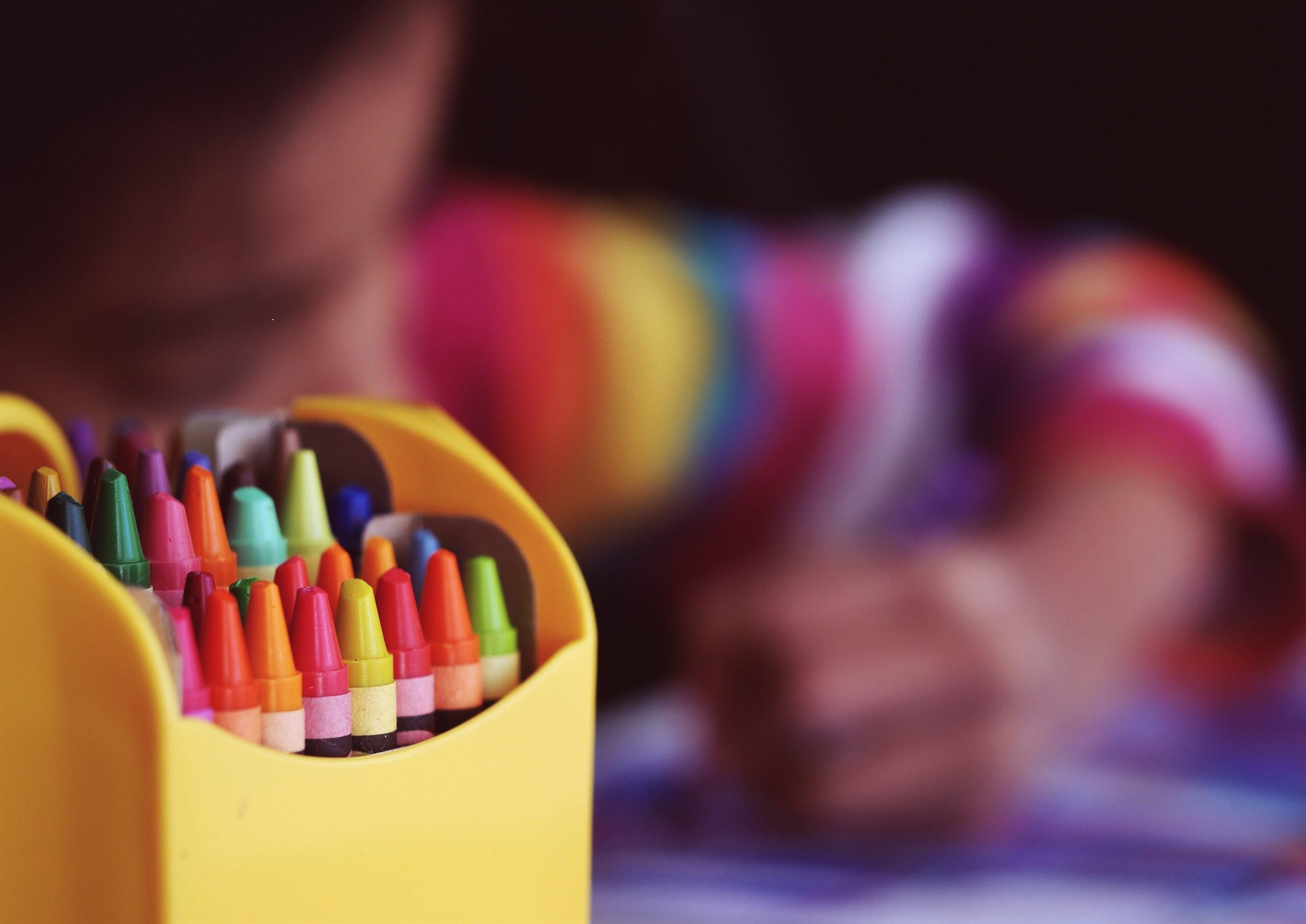In today’s fast-paced computer age, handwriting seems like a forgotten art. However, solid handwriting skills remain crucial for our kids— and for good reason. While overall student confidence and early academic success often directly relate to handwriting, the new handwritten essay section of the SAT and other standardized tests have revitalized many parents and educators’ interest in handwriting.
We learn handwriting skills early in elementary school. Yet, the benefits of good handwriting endure throughout our entire lives. In fact, studies show that mastering handwriting sets children up for other learning successes. Handwriting builds self-esteem, helps children have an organized approach in managing tasks and enhances people’s ability to communicate.
Several studies show that children with good handwriting feel more confident and proud of their work, and other studies demonstrate that legible papers receive higher grades than illegible ones. Students who don’t master neat letter formation are at a disadvantage, which can negatively impact a child’s grade on spelling tests, math quizzes and essays.
A student’s poor handwriting can be particularly detrimental during the new SAT and standardized tests in a majority of states that now require a handwritten essay sections. These exams aim to measure a test taker’s ability to clearly express oneself, and it is imperative that the student’s handwriting be naturally legible in order to maximize thinking time— and for scorers to read the student’s work.
“If scorers can’t read it, how can they give students a proper grade?” asks Leslie Thornton, principal at Mill Valley Schools, when questioned about the topic on KGO-TV in San Francisco.
While there are new reasons to learn to handwrite well, there are also improved methods of teaching this important skill. Gone are the days of tediously practicing each letter starting with “A” and finishing with “Z.” Using the Handwriting Without Tears method, for example, preschoolers learn about letters and good handwriting habits through song, kindergartners learn on a slate, and 1st through 4th graders master handwriting skills by spending just ten minutes a day employing engaging techniques. The program also seeks to boost children’s confidence by teaching the easiest letters first, stressing the most common letters and eliminating unnecessary strokes.
The focus of today’s handwriting lessons is on developing good habits that make students legible and fluent writers. In addition, students learn handwriting as an automatic skill that they don’t have to think about. Handwriting has been an integral part of communication for as long as there has been recorded history. And there is no evidence that anything could ever completely take handwriting’s place.
Tips for Parents of Pre-K and Elementary Students
- Model correct handwriting. Remember that children learn by imitating you. Make sure that you are correctly holding your pencil and forming your letters.
- Check posture. Confirm your child can sit with his feet on the floor, and his arm can move freely wherever he writes— at home and school.
- Read. Show your children the importance of communicating by reading legible words.
- Sing. When you sing “The Alphabet Song,” show your children the letters as you sing. Sing songs that use hand movements, like “Itsy Bitsy Spider” and songs from the Get Set For School ™ Sing Along CD.
- Encourage drawing. Kids who draw often, write better. Give young illustrators broken pieces of chalk or crayons to use. They will have no choice but to hold these small pieces correctly by using a proper grip.
- Move. Teach spatial words such as “under,” “over,” “top,” “middle” and “bottom” by using visual cues, like putting one hand under another.
- Recognize how kids write. Get children in the habit of writing from top-to-bottom and left-to-right.
- Give little bites. Motivate children, even babies as young as 9 months, to pick up small objects such as tiny pieces of food with their fingers. This helps to develop writing muscles and coordination skills.
- Spark creativity. Advocate that preschoolers use finger paints and sponges to strengthen writing muscles and reinforce coordination.
- Ask. Discuss with your child’s teacher what resources are available to help develop your child’s skills.




